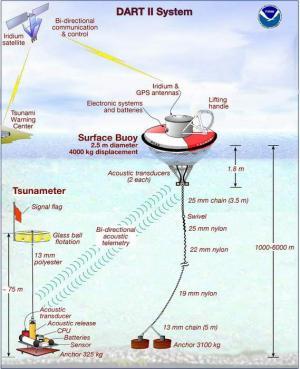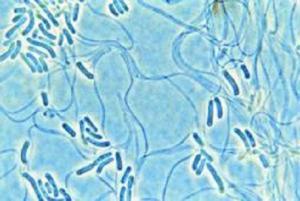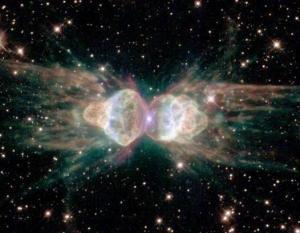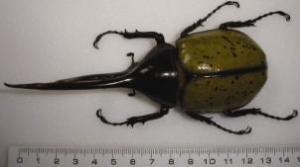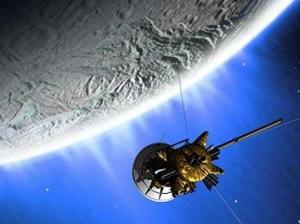Thousands of human bones belonging to numerous individuals have been discovered in the Pacific island nation of Palau. Some of the bones are ancient and indicate inhabitants of particularly small size, scientists announced today. (See
pictures of the Palau remains and where they were found.)
The remains are between 900 and 2,900 years old and align with
Homo sapiens, according to a paper on the discovery. However, the older bones are tiny and exhibit several traits considered primitive, or archaic, for the human lineage.
"They weren't very typical, very small in fact," said Lee Berger, a paleoanthropologist at the University of Witwatersrand in Johannesburg, South Africa.
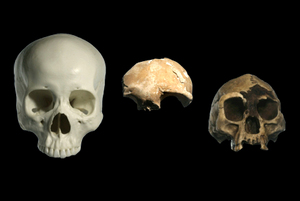
|
| ©Stephen Alvarez
|
A newfound skull from Palau (center) is compared with a model of a modern human female skull (left) and a model of Homo floresiensis' skull (right).
Scientists have discovered thousands of bones of small-bodied humans on the Pacific island nation of Palau. Analysis of the bones suggests they align with modern humans but exhibit similarities to Homo floresiensis, the so-called hobbit found on the Indonesian island of Flores in 2003.
|
